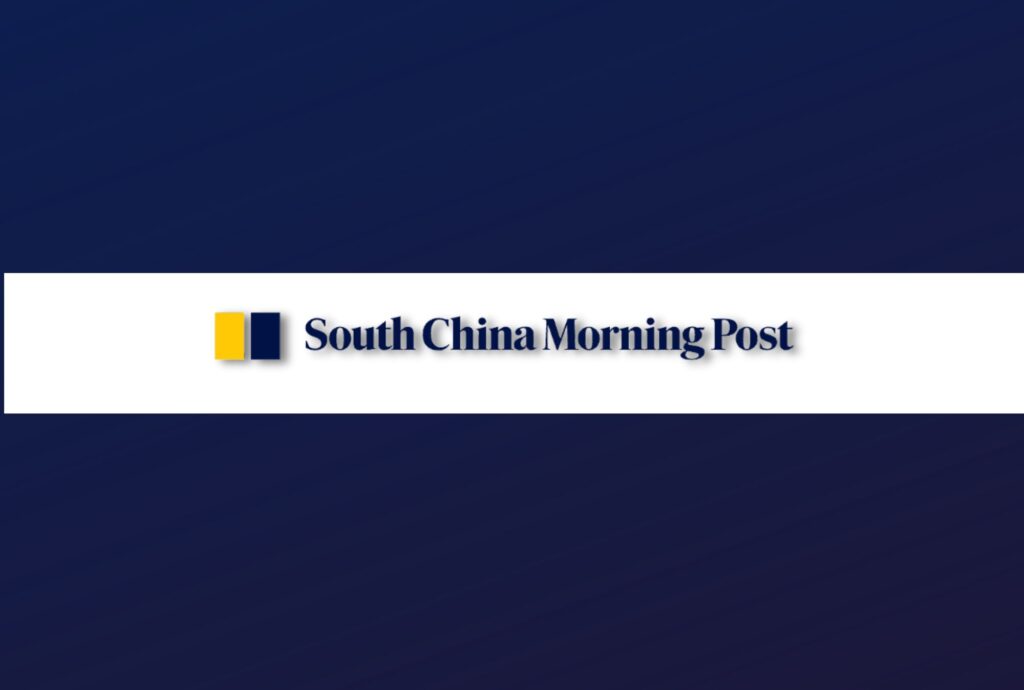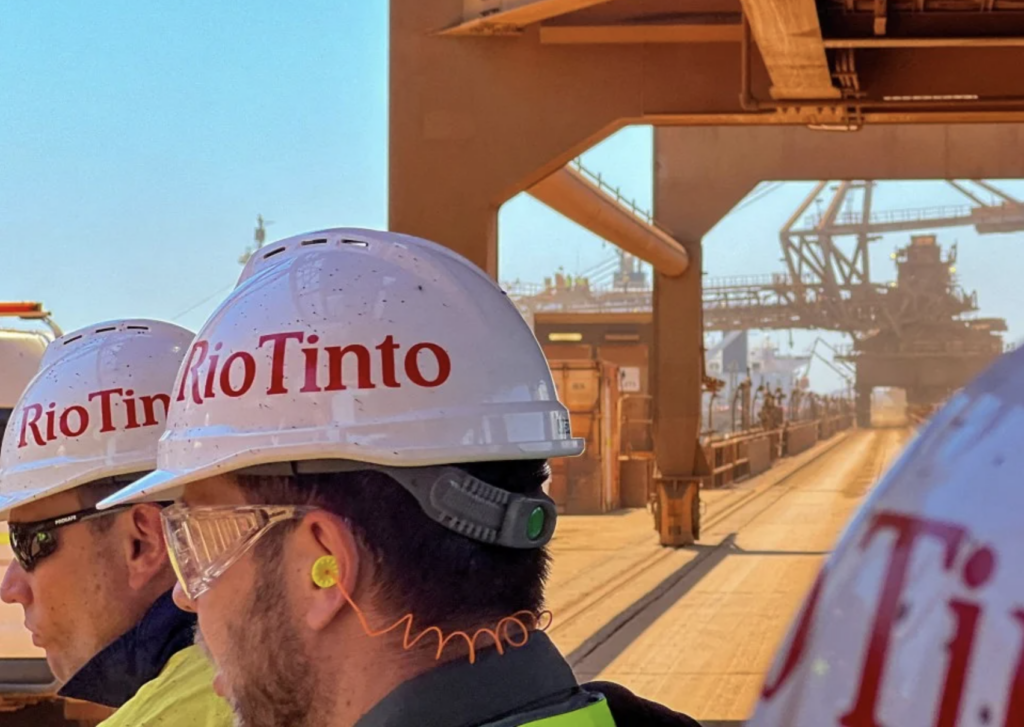

Article by Su-Lin Tan courtesy of the South China Morning Post.
Announcement could bring China a step closer to sources of imports beyond Australia and Brazil.
British-Australian mining group Rio Tinto has confirmed iron ore production at its Simandou mine in Guinea, West Africa, will start in 2025, bringing China – which co-invests in the mine – a step closer to accessing alternative sources of iron ore beyond Australia and Brazil.
Rio has interests in two blocks within Simandou, the world’s biggest untapped source of high-grade iron ore, alongside its partners, Chinalco-led Chinese consortium Chalco Iron Ore Holdings, and the Guinean government.
Rio said it planned to spend an initial US$6.2 billion on developing its blocks and co-developing extensive rail and port infrastructure with the owner of the other two blocks in the mine, WCS – another consortium that includes steel giant China Baowu Steel Group.
China, the world’s biggest steel producer and consumer, is heavily dependent on Australia and Brazil for supplies of the iron ore used in the making process.
Its political falling-out with Australia in 2020, which is in the process of being resolved, has led to an expedited effort by Beijing to seek other sources of iron ore, including investing in overseas mines and increasing scrap-based steelmaking.
Analysts had forecast the Simandou project, which has faced years of stops and starts because of ownership disputes and political instability in Guinea, would be operational only in the later part of the decade.
On Wednesday however, Rio Tinto gave the clearest indication yet of the start of production at the project, adding to an August announcement of a pact it had struck with the Guinean government to build 600km of railway lines to transport iron ore through the country’s mountainous geography.
Once production had started, Rio would ramp up output over 30 months to reach 60 million tonnes a year, making the Simandou supply the third-largest globally after Australia and Brazil, based on global export data.
Given its size and quality, Simandou would be China’s best chance at diversifying away from Australia and other suppliers, which explains Beijing’s interests in all four blocks of the mine.
But Simandou’s potential remains in doubt even after Guinea’s ruling junta agreed to resume operations in March last year following disruptions caused by a September 2021 military coup in the country.
“The involvement of Guinea’s ruling military junta in the giant Simandou iron ore project adds sovereign risk to an already fraught asset,” S&P Global Market Intelligence had said in an analysis after operations resumed.
At the same time, while China would welcome the new source of iron ore with the project now finally set to go ahead, there could be other new hurdles, said Singapore-based Navigate Commodities’ managing director Atilla Widnell.
The high-grade Simandou ore would be in hot demand by the time it was mined in 2025 as it would be key to the decarbonisation process that steel mills were concerned with given their carbon emission reduction targets, he said.
For the industry to become net-zero by 2050, steelmakers must switch production from blast furnaces that consume coal to green hydrogen-based direct reduced iron (DRI) processes, the Institute for Energy Economics and Financial Analysis said in a report last year.
However, DRI technology requires a higher grade of iron ore than traditional blast furnaces, which Simandou has plenty of.